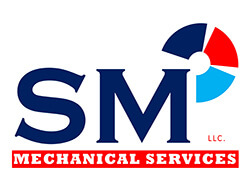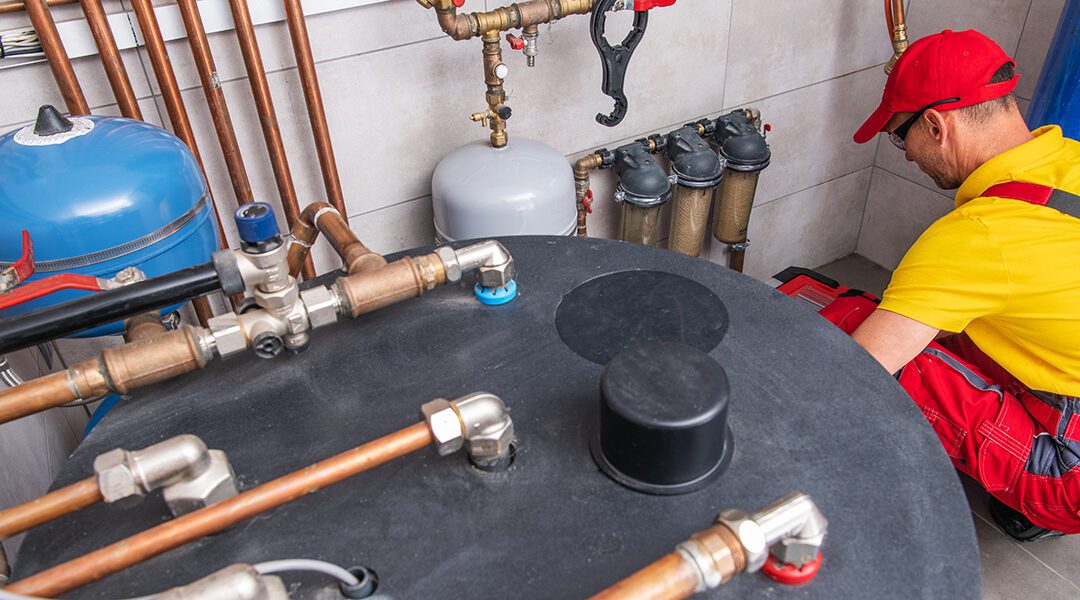Don’t let a leaking furnace ruin your winter. For quality furnace repair in Glastonbury, call SM Mechanical Services at 860-530-2792!
Having reliable heating in your home means everything during the winter. A well-maintained furnace provides warmth and comfort for your family and also saves you money on your electric bill.
If you find your furnace leaking water in winter, you shouldn’t wait to seek furnace repair and maintenance. Leaks, clogs, and dripping water can lead to worse problems in your home, such as water damage, mold, and even a total loss of heating when you need it most.
Follow this helpful guideline from SM Mechanical Services to find out what to do if your furnace starts leaking in the winter.
Know Your Furnace Type
First, you need to know what type of furnace you have when identifying a leak. Most modern homes contain either of the following:
- Condensing Furnace (High Efficiency): Your furnace will have two plastic PVC exhaust pipes connecting from the top of the unit.
- Conventional Furnace (Standard Efficiency): You’ll see one large metal exhaust pipe extending from the top of the furnace.
Determine which furnace type you have by simply looking at the exhaust pipe connected at the top of your unit. Condensing furnaces use less energy than conventional furnaces and operate at 90% efficiency or higher, hence the name “High Efficiency.”
What to Do If Your Furnace Is Leaking Water in the Winter
Once you know what type of furnace you have, you should take several steps when you notice the furnace leaking water in winter:
- Turn off your thermostat. Check for a switch to shut off your furnace completely or use the breaker.
- Clean up water from the leak around the base of your furnace to prevent damage to your home.
- Check the air filters and drain lines, and dry any excess water inside the unit.
- Call a professional for help, and have an expert from a repair service diagnose and resolve the issue.
Both high efficiency and conventional furnaces leak for several reasons, but all of them require experienced HVAC technicians to inspect and fix.
Common Causes for Conventional Furnace Leaks
While water leaking from your furnace seems like cause for alarm, search for the cause of the leak instead of panicking. Some of the most common causes for leaking furnaces include clogged drain lines and damaged internal components.
If you notice your furnace leaking water in winter, always contact a professional HVAC company such as SM Mechanical Services for assistance. However, knowing the leak’s source beforehand can help prevent further damage to your unit and save you money on costly repairs.
Flue Pipe Not Fitted Correctly
Once your conventional furnace expels combustion gases from your home, they begin to cool. As a result, water vapor forms in the flue pipe and can contribute to a leak if your unit’s flue pipe has become loose or doesn’t fit correctly.
If water leaks from your standard efficiency furnace, check if the flue pipe is connected properly. Call a professional to adjust it, as the exhaust pipe on a conventional furnace can become extremely hot.
Humidifier Leaking Water
Furnaces have a built-in humidifier to create moisture that traps heat in the air and helps warm your home more efficiently. If not drained properly, excess water from your humidifier can leak out of your furnace or cause severe damage to the internal components of your unit.
Check the condition of your humidifier’s drain line if you notice your furnace leaking water in winter. Leaks occur when the drain line:
- Contains cracks or pinholes
- Breaks from wear and tear
- Becomes clogged with dirt or debris
A dirty air filter may cause your built-in humidifier to leak. In this case, simply replace the filter to allow water to flow properly and begin draining again.
Common Causes of Condensing Furnace Leaks
High efficiency furnaces have two heat exchangers, which means the furnace produces more condensation as it heats your home. Your high efficiency furnace has a condensate drain line that lets water safely leak out of the furnace into a floor drain. If your high efficiency furnace is leaking, you might have a broken condensate drain line or faulty condensate pump.
Water can cause the internal components of your condensing furnace to rust, break down, or otherwise fail if left unattended.
Some of the common causes of high efficiency furnace leaks include:
Faulty Condensate Pump
A condensing furnace produces hot water vapor that a secondary heat exchanger condenses into liquid form. This water must drain through the furnace’s PVC exhaust pipe to prevent leaks from occurring. If a condensate pump fails to force water out of the unit, the pipe cannot drain properly, resulting in a leak.
Issues with condensate pumps only occur in high efficiency furnaces and require a professional service like SM Mechanical Services to replace them.
Damaged Secondary Heat Exchanger
Unlike conventional furnaces that expel water vapor and combustion gas up your chimney, a high efficiency furnace uses these gases to provide additional heat for your home. The secondary heat exchanger makes this possible and remains a component unique to condensing furnaces.
If you suspect the secondary heat exchanger is the source of your leaking furnace, look for cracks or dripping water coming from its fan compartment. You can also identify damage by spotting corrosion or rust on or around the furnace fan or condensate drain line itself.
Always call a professional immediately when identifying cracks or rust on your heat exchangers. They contribute to leaks that can further damage your furnace and may also emit harmful fumes that pose serious risks to your health.
Let SM Mechanical Services Help!
SM Mechanical Services has provided reliable home heating services to Connecticut residents for more than 15 years. If you notice your furnace leaking water in winter, don’t get caught in the cold. Let our experienced technicians offer solutions to all of your furnace repair needs.
For emergency furnace help in Glastonbury, CT, available 24/7, call SM Mechanical Services at 860-530-2792!

